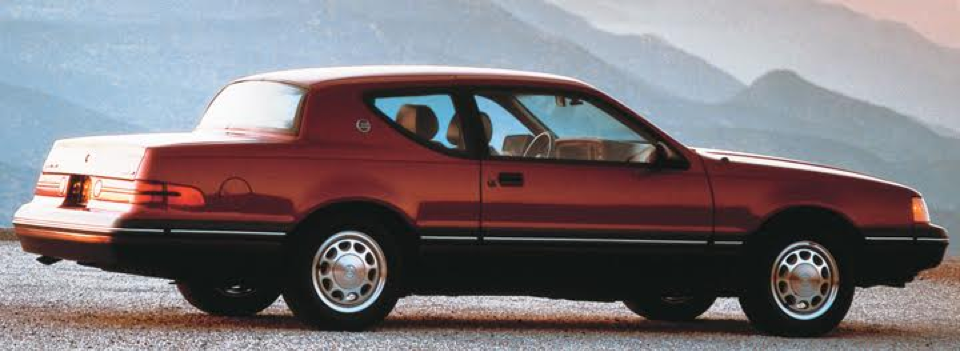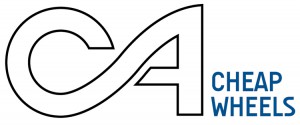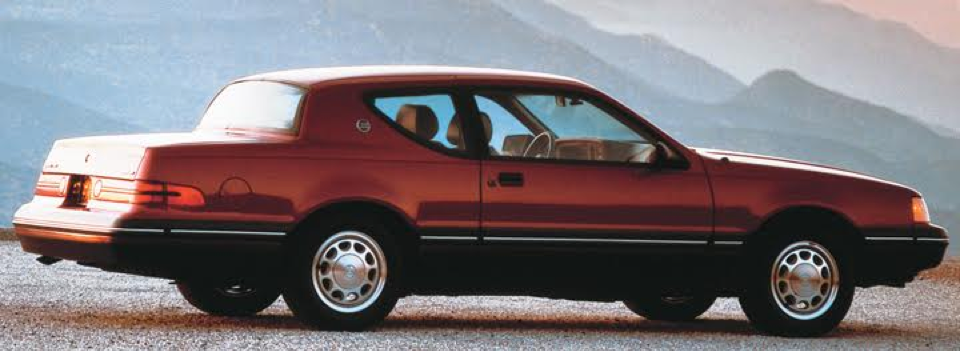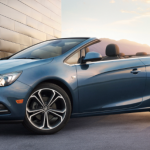

by Don Sikora II
Note: The following story was excerpted from the February 2016 issue of Collectible Automobile magazine.
Introduced for 1967 as an upscale Mustang cousin, the Cougar quickly became the shape-shifter of Mercury’s cars. First it morphed into an intermediate-sized personal-luxury coupe, the success of which tempted Mercury to extend the Cougar name to four-door sedans and station wagons. For 1983, Cougar returned to its two-door roots as a conservative variant of the highly aerodynamic Ford Thunderbird. While that ’83 is important in the Cougar saga, it’s the 1987 and ’88 versions that we’d like to suggest as your next set of cheap wheels.
Like the shockingly slippery Thunderbird, the ’83 Cougar looked almost nothing like the boxy 1980-82 XR-7 personal coupe it replaced. Where the Mercury differed most dramatically from the new T-Bird was the roofline. In place of the Ford’s gracefully sloped rear window, stylists gave the Cougar near-vertical rear glass that contradicted the rest of the car’s curves. Regardless, sales increased dramatically compared to the previous XR-7.
A facelift for 1987 was an extensive rework of the 1983 design. Up front a simplified grille flanked new flush-mount headlamps. The side glass was now flush with the body, and larger rear-quarter windows had a more pronounced upward sweep on their trailing edge. The trunklid was smoother.
Cougar’s signature notchback roofline was softened around the rear edges and the rear glass added compound curves. The result remained distinctive, and was handsomely integrated with the rest of the car’s lines. Aerodynamics even improved. Interior changes were not as dramatic, but included revised door panels and a new steering wheel.
As it had been since 1980, Cougar was built on Ford’s rear-drive “Fox” platform that traced back to the 1978 Fairmont. Tweaks included new front suspension pieces—borrowed from the Lincoln Continental—claimed to offer more wheel travel and improved steering geometry. Plus, wheelbase was fractionally increased to 104.2 inches.
The previous “base” Cougar GS was dropped, leaving only LS ($13,595) and sportier XR-7 ($15,832) models. A 3.8-liter V-6 rated at 120 bhp was standard on the LS. Optional on LS and standard on XR-7 was a 150-bhp 5.0-liter V-8. Both fuel-injected engines mated to a newly standard four-speed automatic transmission.
In February 1987, a 20th Anniversary Edition Cougar arrived with a starting price of $18,052. Based on the XR-7, about 5000 were built for the American market. All were painted Cabernet Red with gold accents. Interiors were beige with ultrasuede trim and red highlights. Fifteen-inch aluminum wheels were borrowed from the ’87 Mustang GT.
An all-new Cougar was planned for 1989, so changes were minor for ’88. The LS’s standard V-6 was reworked and output increased to 140 horsepower. The V-8 benefitted from a new dual-exhaust system and a bump to 155 ponies.
The XR-7 received a striking visual update in the form of a monochromatic paint job. This involved changing the wraparound bumper and bodyside moldings from black to body color, and deleting the gray-painted lower-body accent used on the ’87s. The 20th Anniversary Edition wheels were part of the deal too, finished with the buyer’s choice of silver or body-color accents. The trade-off was that the XR-7 now only came in three colors—Black, White, and Medium Red—down from eight previously.
The 1988 model’s base prices were up to $14,134 for the LS and $16,266 for the XR-7. According to the Encyclopedia of American Cars, production increased from 1987’s total of 104,526 to 119,162.
Pros:
• These Cougars sold nearly as well as the same-year T-Birds, so there should be some good survivors extant.
• Cheap-wheelers tempted by special trim packages can search out the ’87 20th
Anniversary Edition.
• Simple Fox-body mechanicals make these Cougars easy to keep on the road.
Cons:
• The 5.0-liter V-8 was only good for 150 bhp in 1987 and 155 bhp in ’88.
• All 1987 XR-7s came with a digital instrument cluster, but traditional gauges were standard in ’88 and the video-game displays optional.
• Some may lament that the 1984-86 XR-7’s rough-around-the-edges turbocharged 2.3-liter four and five-speed manual were dropped for 1987.
Final Drive:
The 1987 and ’88 Cougar was arguably more handsome than the contemporaneous Ford Thunderbird, and we think that’s still the case nearly 30 years later. Our favorite here is the ’88 XR-7 thanks to its tastefully simple monochromatic appearance.
1987 Mercury Cougar


